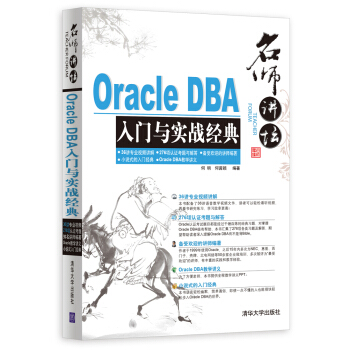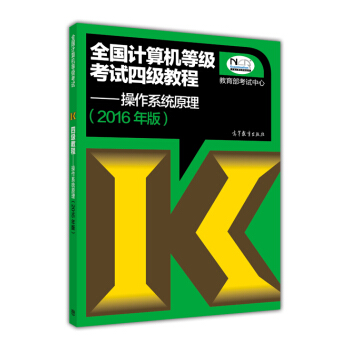具体描述
编辑推荐
C程序员进阶必备经典
透彻理解指针与内存管理
内容新颖,兼容C11标准
更多精彩,点击进入品牌店查阅>>
内容简介
指针是C语言的一项核心特性,对于指针的掌握程度是区分C语言新手与老手的重要标志。《图灵程序设计丛书:深入理解C指针》专门研究指针,旨在提供比其他图书更全面和深入的C 指针和内存管理知识。全书巨细靡遗地为读者展现了C语言编程中最重要的话题:C的动态内存管理、指针和函数、指针和数组、指针和字符串、指针和结构体。作者还专门用一章篇幅讲解了安全问题和指针误用,让读者对指针的认识又深入一层。全书每章都穿插了使用指针的注意事项和潜在陷阱,及时贴心地提示读者在编程中避开此类问题。
《图灵程序设计丛书:深入理解C指针》适合C和C++程序员和开发人员阅读,也可作为计算机专业学生学习C语言的参考图书。
作者简介
Richard Reese,华盛顿州塔尔顿州立大学副教授。Reese自2002年起就在塔尔顿州立大学教授计算机科学课程,此前在洛克希德·马丁公司做过十年的软件开发。Reese著有多本技术图书,包括Oracle Certified Associate,Java SE 7 Programmer Study Guide,Java 7 New Features Cookbook,EJB 3.1 CookBook等。
译者简介:
陈晓亮,美团网iOS工程师,长期关注Linux、iOS、C、Objective-C,推崇C语言,认为程序员的C功底会直接影响Objective-C代码质量。他重视用户体验,喜欢干净的代码,业余时间喜欢读书,经常与大家探讨技术问题,译有《iOS6编程实战》。
内页插图
目录
前言 XI
第1章 认识指针
1.1 指针和内存
1.1.1 为什么要精通指针
1.1.2 声明指针
1.1.3 如何阅读声明
1.1.4 地址操作符
1.1.5 打印指针的值
1.1.6 用间接引用操作符解引指针
1.1.7 指向函数的指针
1.1.8 null的概念
1.2 指针的长度和类型
1.2.1 内存模型
1.2.2 指针相关的预定义类型
1.3 指针操作符
1.3.1 指针算术运算
1.3.2 比较指针
1.4 指针的常见用法
1.4.1 多层间接引用
1.4.2 常量与指针
1.5 小结
第2章 C的动态内存管理
2.1 动态内存分配
2.2 动态内存分配函数
2.2.1 使用malloc函数
2.2.2 使用calloc函数
2.2.3 使用realloc函数
2.2.4 alloca函数和变长数组
2.3 用free函数释放内存
2.3.1 将已释放的指针赋值为NULL
2.3.2 重复释放
2.3.3 堆和系统内存
2.3.4 程序结束前释放内存
2.4 迷途指针
2.4.1 迷途指针示例
2.4.2 处理迷途指针
2.4.3 调试器对检测内存泄漏的支持
2.5 动态内存分配技术
2.5.1 C的垃圾回收
2.5.2 资源获取即初始化
2.5.3 使用异常处理函数
2.6 小结
第3章 指针和函数
3.1 程序的栈和堆
3.1.1 程序栈
3.1.2 栈帧的组织
3.2 通过指针传递和返回数据
3.2.1 用指针传递数据
3.2.2 用值传递数据
3.2.3 传递指向常量的指针
3.2.4 返回指针
3.2.5 局部数据指针
3.2.6 传递空指针
3.2.7 传递指针的指针
3.3 函数指针
3.3.1 声明函数指针
3.3.2 使用函数指针
3.3.3 传递函数指针
3.3.4 返回函数指针
3.3.5 使用函数指针数组
3.3.6 比较函数指针
3.3.7 转换函数指针
3.4 小结
第4章 指针和数组
4.1 数组概述
4.1.1 一维数组
4.1.2 二维数组
4.1.3 多维数组
4.2 指针表示法和数组
4.3 用malloc创建一维数组
4.4 用realloc调整数组长度
4.5 传递一维数组
4.5.1 用数组表示法
4.5.2 用指针表示法
4.6 使用指针的一维数组
4.7 指针和多维数组
4.8 传递多维数组
4.9 动态分配二维数组
4.9.1 分配可能不连续的内存
4.9.2 分配连续内存
4.10 不规则数组和指针
4.11 小结
第5章 指针和字符串
5.1 字符串基础
5.1.1 字符串声明
5.1.2 字符串字面量池
5.1.3 字符串初始化
5.2 标准字符串操作
5.2.1 比较字符串
5.2.2 复制字符串
5.2.3 拼接字符串
5.3 传递字符串
5.3.1 传递简单字符串
5.3.2 传递字符常量的指针
5.3.3 传递需要初始化的字符串
5.3.4 给应用程序传递参数
5.4 返回字符串
5.4.1 返回字面量的地址
5.4.2 返回动态分配内存的地址
5.5 函数指针和字符串
5.6 小结
第6章 指针和结构体
6.1 介绍
6.2 结构体释放问题
6.3 避免malloc/free开销
6.4 用指针支持数据结构
6.4.1 单链表
6.4.2 用指针支持队列
6.4.3 用指针支持栈
6.4.4 用指针支持树
6.5 小结
第7章 安全问题和指针误用
7.1 指针的声明和初始化
7.1.1 不恰当的指针声明
7.1.2 使用指针前未初始化
7.1.3 处理未初始化指针
7.2 指针的使用问题
7.2.1 测试NULL
7.2.2 错误使用解引操作
7.2.3 迷途指针
7.2.4 越过数组边界访问内存
7.2.5 错误计算数组长度
7.2.6 错误使用sizeof操作符
7.2.7 一定要匹配指针类型
7.2.8 有界指针
7.2.9 字符串的安全问题
7.2.10 指针算术运算和结构体
7.2.11 函数指针的问题
7.3 内存释放问题
7.3.1 重复释放
7.3.2 清除敏感数据
7.4 使用静态分析工具
7.5 小结
第8章 其他重要内容
8.1 转换指针
8.1.1 访问特殊用途的地址
8.1.2 访问端口
8.1.3 用DMA访问内存
8.1.4 判断机器的字节序
8.2 别名、强别名和restrict关键字
8.2.1 用联合体以多种方式表示值
8.2.2 强别名
8.2.3 使用restrict关键字
8.3 线程和指针
8.3.1 线程间共享指针
8.3.2 用函数指针支持回调
8.4 面向对象技术
8.4.1 创建和使用不透明指针
8.4.2 C中的多态
8.5 小结
关于作者和封面
前言/序言
Unleash the Power of Memory: A Deep Dive into C Pointers Introduction In the realm of programming, C stands as a foundational language, revered for its efficiency, low-level control, and the unparalleled power it grants to developers. At the heart of this power lies a concept that is both essential and, for many, a source of considerable challenge: pointers. Understanding C pointers is not merely about grasping a syntax; it's about unlocking the intricate workings of computer memory, mastering dynamic memory allocation, and writing more performant, sophisticated code. This book is dedicated to demystifying the world of C pointers, guiding you from fundamental concepts to advanced techniques, empowering you to leverage their full potential. Why Pointers Matter Pointers are the cornerstone of C programming. They provide a direct interface to memory addresses, allowing for direct manipulation of data. This low-level access is what gives C its speed and flexibility, enabling programmers to: Efficiently manage memory: Pointers are crucial for dynamic memory allocation, allowing you to allocate and deallocate memory as needed during program execution. This is vital for handling data structures of varying sizes and for building complex applications that cannot pre-allocate all their memory needs. Implement complex data structures: Linked lists, trees, graphs, and other non-contiguous data structures are fundamentally built upon pointers. Without them, their creation and manipulation would be significantly more cumbersome and less efficient. Pass data by reference: Pointers enable functions to modify the original variables passed to them, rather than operating on copies. This is essential for functions that need to return multiple values or alter the state of external data. Work with arrays and strings effectively: Arrays and pointers are intimately related in C. Understanding pointers significantly enhances your ability to traverse, manipulate, and access elements within arrays and strings. Optimize performance: Direct memory access through pointers can lead to more optimized code, as it bypasses intermediate layers of abstraction. What You Will Learn This book embarks on a comprehensive journey through the landscape of C pointers, designed to build a solid foundation and then progressively introduce more advanced concepts. We will move beyond the superficial understanding to cultivate a deep intuition for how pointers interact with memory and the C language. Part 1: The Foundations of Pointers This section lays the groundwork, ensuring you have a firm grasp of the essential concepts before diving into more complex topics. What is a Pointer? The concept of memory addresses. Declaring and initializing pointers. The dereference operator (``): accessing the value at an address. The address-of operator (`&`): obtaining the memory address of a variable. Pointers and Data Types How pointer types relate to the data they point to (e.g., `int `, `char `, `float `). The significance of pointer arithmetic based on data types. Understanding `void ` pointers and their use cases. Pointers and Arrays The inherent relationship between arrays and pointers in C. Using pointer arithmetic to traverse arrays. Array names as pointers to their first element. Accessing array elements using pointer notation (`(arr + i)` vs. `arr[i]`). Pointers and Strings Strings as arrays of characters terminated by the null character (`�`). Manipulating strings using character pointers. Common string manipulation functions and their pointer-based implementation. Pointers and Functions Passing pointers to functions to modify original variables (pass-by-reference). Understanding the function prototype for functions accepting pointers. The concept of "call by value" vs. "call by reference." Returning pointers from functions (with careful consideration of scope). Part 2: Mastering Dynamic Memory Allocation This section delves into the critical area of managing memory dynamically during program execution, a fundamental skill for building robust and scalable applications. Introduction to Dynamic Memory The limitations of static and automatic memory allocation. Why dynamic memory is necessary. The Standard Library Functions: `malloc`, `calloc`, `realloc`, and `free` `malloc()`: Allocating a block of memory of a specified size. `calloc()`: Allocating and initializing memory to zero. `realloc()`: Resizing a previously allocated memory block. `free()`: Deallocating memory to prevent memory leaks. Error handling for memory allocation failures. Common Pitfalls in Dynamic Memory Management Memory leaks: Forgetting to `free()` allocated memory. Dangling pointers: Accessing memory after it has been freed. Double `free()`: Freeing the same memory block twice. Buffer overflows: Writing beyond the allocated memory boundary. Understanding the importance of initializing pointers to `NULL`. Part 3: Advanced Pointer Concepts and Techniques Once the foundations are solid, we will explore more sophisticated applications and nuances of pointer usage. Pointers to Pointers Understanding multi-level indirection. Use cases for pointers to pointers, such as modifying pointers themselves within functions. Pointers and Structures Declaring pointers to structures. Accessing structure members using the arrow operator (`->`). Implementing linked lists, trees, and other data structures using pointers and structures. Function Pointers Declaring and using pointers that point to functions. Passing functions as arguments to other functions. Creating callbacks and implementing dynamic behavior. Applications in generic algorithms and event handling. Const Pointers and Pointers to Const Understanding the `const` keyword in conjunction with pointers. `const int `: Pointer to a constant integer. `int const`: Constant pointer to an integer. `const int const`: Constant pointer to a constant integer. Benefits for data integrity and compiler optimizations. Pointers and the Stack vs. Heap Clarifying where different types of variables reside in memory. The lifecycle of variables allocated on the stack and the heap. Advanced Pointer Arithmetic and Memory Layout Deeper understanding of how pointer arithmetic works at the byte level. Exploring the underlying memory representation of data. Common Pointer-Related Bugs and Debugging Strategies Identifying and fixing common pointer errors using debugging tools. Techniques for visualizing memory and pointer behavior. Who Should Read This Book? This book is an indispensable resource for: Aspiring C programmers: If you are new to C or have struggled with pointers in the past, this book will provide the clear explanations and practical examples you need to build confidence and mastery. Experienced C developers: Even seasoned C programmers can benefit from a deeper understanding of pointers. This book will help you refine your techniques, avoid subtle bugs, and write more efficient and elegant code. Students of computer science: A thorough understanding of pointers is fundamental to grasping many advanced computer science concepts, including operating systems, compilers, and algorithms. Anyone seeking to write high-performance and memory-efficient C code: If you need to squeeze the utmost performance from your C applications, a deep dive into pointers is essential. Learning Approach This book adopts a hands-on approach, integrating theoretical explanations with practical, real-world code examples. Each concept is illustrated with clear, concise code snippets that you can compile and run. We encourage you to experiment with the code, modify it, and observe the results. Exercises and challenges are provided at the end of key sections to reinforce your understanding and test your problem-solving skills. Conclusion Pointers are the gateway to the true power of the C programming language. They are not an arcane secret reserved for a select few but a fundamental tool that, once mastered, will elevate your programming abilities significantly. This book is your comprehensive guide to unlocking that power. By the end of this journey, you will not only understand C pointers but truly feel them – you'll have an intuitive grasp of memory, a newfound confidence in tackling complex memory management tasks, and the ability to write C code that is both powerful and precise. Prepare to embark on a journey that will transform your understanding of C and your capabilities as a programmer.
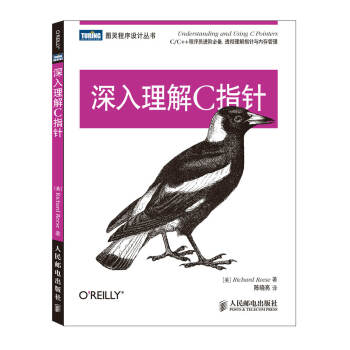


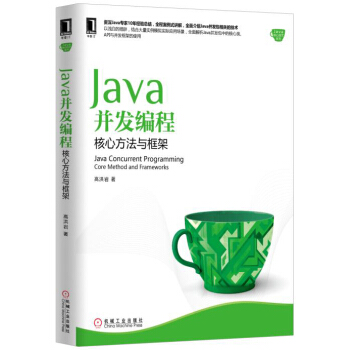
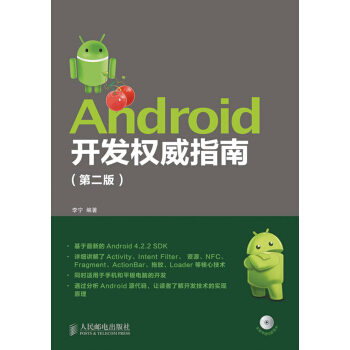
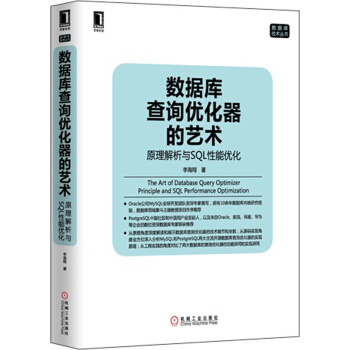
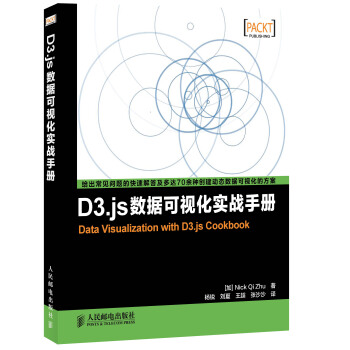


![Python Qt GUI快速编程:PyQt编程指南 [Rapid GUI Programming with Python and Qt: The Defi] pdf epub mobi 电子书 下载](https://pic.windowsfront.com/12033222/57d6980cN5ccca871.jpg)
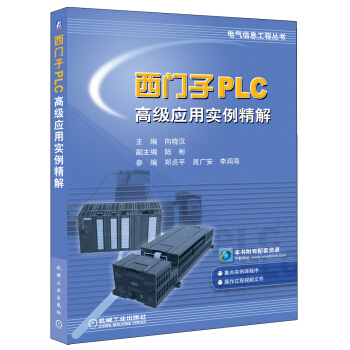
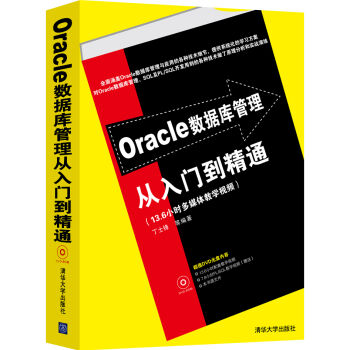
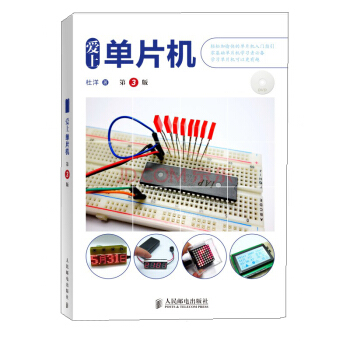
![Perl语言编程(第四版) [Programming Perl, 4e] pdf epub mobi 电子书 下载](https://pic.windowsfront.com/11544992/56f62bceN424f6864.jpg)
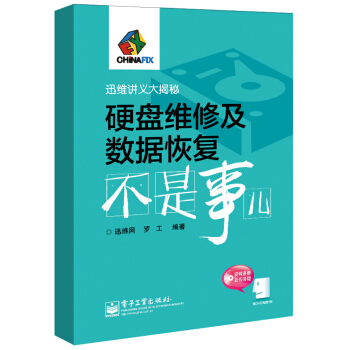
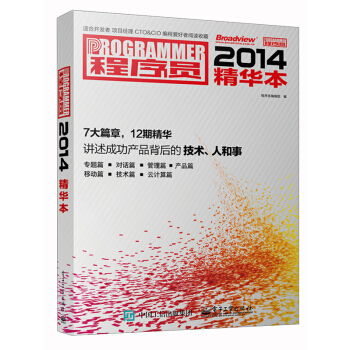

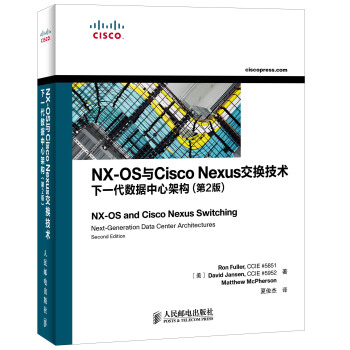
![脑机穿越:脑机接口改变人类未来 [Beyond Boundaries] pdf epub mobi 电子书 下载](https://pic.windowsfront.com/11650446/54d18df8N3facae49.jpg)
![高等应用数学问题的MATLAB求解(第3版) [Advanced Applied Mathematical Problem Solutions with MATLAB (Third Edition)] pdf epub mobi 电子书 下载](https://pic.windowsfront.com/11343658/rBEhV1J59UkIAAAAAAJ02W8CFGUAAFHpgJ0w6sAAnTx493.jpg)

